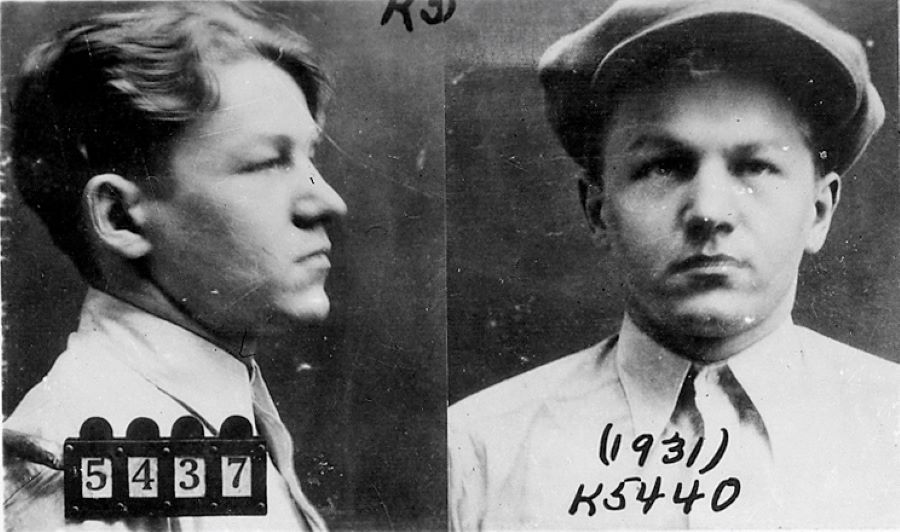Gangsters helped two young, entrepreneurial boys run a lucrative, but extraordinarily dangerous business in the chill of St. Paul, Minnesota during Prohibition, the federal ban on manufacturing and sale of alcohol. The boys knew “a guy” running an illegal bar and transported liquor for him. They didn’t know where the liquor came from and didn’t ask. Before the liquor made it to its destination, the boys siphoned some, replaced it with tap water, collected the stolen liquor, and sold it on the side.
One of the boys, telling his grandchildren (one who grew up to write for a certain history site) about this decades later recalled with hushed tones, “If we had been caught, we would have been put in the lake.” Covert alcohol operations happened freely in St. Paul. The city was under the O’Connor system, where Prohibition-era gangsters were free to operate, so long as they kept their crimes outside of St. Paul.

